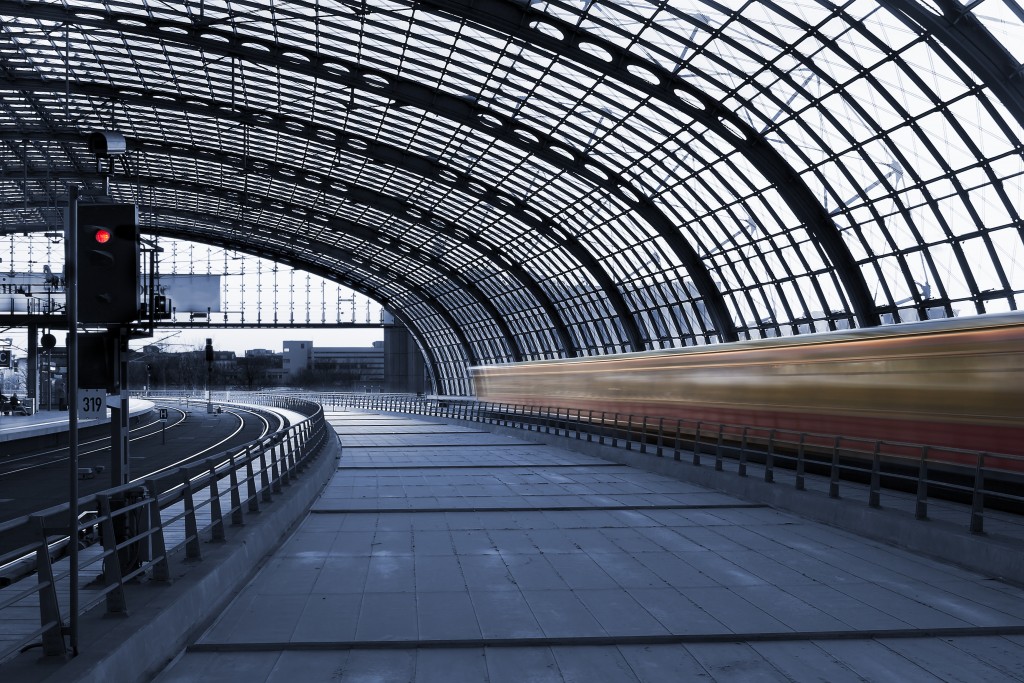Every day, billions of people traverse the roads around the world, most of it concentrated in major cities. This creates traffic congestion that only gets worse year after year.
Over the past decade, most cities have experienced an increase in traffic congestion which leads to travelers having to spend hours sitting in their vehicles on their way to work, school, shopping centers, airports, and homes. In Mumbai, a city with over 20 million people, people spend a total of 11 days a year stuck in traffic. A 30-km journey during the rush hour can take over an hour and a half.
Traffic congestion is a complicated problem, but experts all agree that part of the solution is by encouraging the public to take mass transportation every day rather than drive themselves by car to their destination. When people take the bus and the trains, there will be fewer vehicles on the road.
Affordability and Efficiency in One of the Best Public Transportation Systems in the World
Singapore has one of the best urban public transport systems around the world. Every day, millions of Singaporeans take the trains and the bus to get where they want to.
SMRT Corporation — which runs trains, cabs, and bus service in the island nation — has continued to improve public transportation in Singapore. Commuters enjoy low fares that are free for children and discounted for adults who earn the minimum wage.
Singaporeans also use a unified ticketing system called EZ-Link. Introduced in 2002, the contactless stored value card can be used to pay for buses, the MRT, and the LRT.
Moreover, the transport system in the Southeast Asian country is reliable and efficient. Commuters do not have to wait for several minutes to get on a vehicle and begin their travel. According to one study, on average, Singaporeans wait 12 minutes for a train or bus to accommodate them. It is a lot shorter than in Los Angeles where 40% of people wait over 20 minutes for the transit line to arrive every day.
Singapore has also made owning and driving a private vehicle less convenient for the public. Buying a new car became more expensive in Singapore after the government passed regulations that increased the required payment. Those who want to own a vehicle are required to cough up money for import tax and registration fees.
That is why millions of Singaporeans take public transport every day. When the buses and trains are affordable and efficient, there is no reason why they should spend more money to drive their own vehicles.
Utilizing Technology in a Technologically Advanced City

In 2004, Seoul, the capital of South Korea, completely reorganized the bus lines. Previously privately-owned, bus lines became semi-public operation systems in order to fix the often long and circuitous routes. The more than 400 routes were integrated so that there are lines that have shorter trips and medium- to long-distance trips, with each one color-coded for easy identification.
However, one of the best reforms in the public transport of Seoul is the use of technology to improve commuting. Seoulites can access information about public transport in real-time via their smartphones. This includes the location, arrival time, and departure time for their buses. Each waiting stations also have large screens where relevant details are displayed to inform commuters. Moreover, there is a free internet connection in these areas for the public to use.
The ticketing system in Seoul is also impressive. Seoulites also use store value card to pay for transportation services across the city. Transferring between modes of transportation, from the train to a bus, for example, will not incur an extra fee. Instead, payment will be deducted based on the distance traveled.
In addition, taxis are made safer, especially for female passengers. After getting on a cab, the commuter can tap their smartphone on the near-field communication (NFC) tag to transmit details of the vehicle to a designated guardian.
Government Providing Incentives
Some city governments in the United States are offering incentives to make the public take mass transportation. In King County in Washington, car owners were given limited free bus rides to encourage them to ditch their private vehicles once in a while. In the City of Alexandria in Virginia, commuters receive discounted tickets for the metro rail transit.
In some places in Europe, public transport is completely free. Luxembourg was the first to make public transportation free for everyone as a solution to traffic congestion. Germany has also started testing free public transportation in a handful of cities in an effort to reduce air pollution.
It is clear that the only way to make people use the public transport system is to improve it. The cities that have reduced the reliance on private vehicles have poured money and planning to develop infrastructures and make public transportation accessible to everyone
